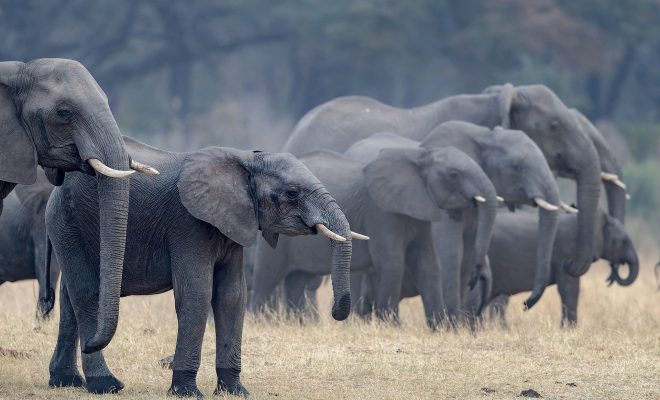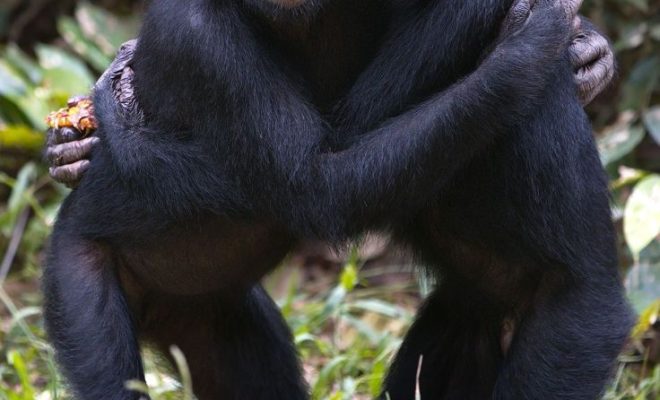Study Finds Protected Areas for Elephants Work Best if They Are Connected

Elephants, recognized for their intelligence and majesty, are among the most iconic species on our planet. However, they are also increasingly at risk due to poaching and habitat loss. In light of these threats, the creation and proper management of protected areas have become essential strategies for conservationists. However, a recent study brings to light an important aspect of such efforts: connectivity.
The study found that protected areas designated for elephants yield better conservation outcomes when these areas are connected. Connectivity allows elephant populations to follow their natural migratory routes, maintain genetic diversity, and find necessary resources such as water and food more easily, which are crucial for their long-term survival.
For the elephant populations in protected areas to thrive, it’s not enough just to provide them a sanctuary; allowing room for movement between such sanctuaries is also vital. This involves creating wildlife corridors that link protected regions. These corridors mimic ancient migration paths and provide a way for elephants to safely travel between different habitats without coming into conflict with humans.
Furthermore, the presence of these corridors aids in mitigating human-wildlife conflicts – a major issue in regions where villages or farmlands border protected lands. Elephants tend to stray into human territories in search of food, leading to destruction of property and sometimes loss of life. By giving elephants their pathways, these tragic encounters can be reduced significantly.
The research team presented substantial evidence that interconnected protected areas help maintain larger and healthier elephant populations. Observations from various parts of Africa where protected habitats are isolated showed stress in elephant communities compared to those in connected reserves.
Such findings underscore the necessity for international cooperation as many migratory routes cross national borders. It suggests that conservation policies should not only focus on protecting specific areas but also on ensuring the ecological integrity of broader landscapes that support wildlife movement.
In conclusion, this study brings key insights into elephant conservation planning. Authorities must consider not only the creation of safe habitats but also invest in connecting these spaces to allow for healthy elephant populations capable of contributing to both biodiversity preservation and the ecological balance necessary for a thriving natural environment where they roam free.






